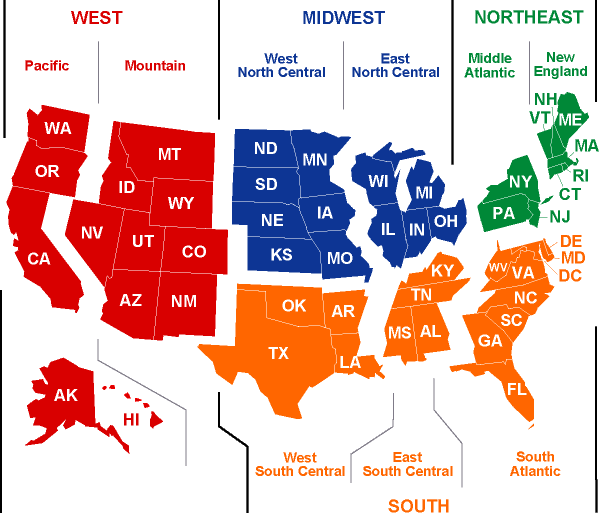Note: This is part of an email sent to a large real estate investor mastermind group asking about the wrong ways to predict real estate cycles.
The discussion of “Hot Markets” and real estate trends seems to come up several times a year and often leads to confusing, conflicting and questionable content/discussions (imho).
Since 2006, HousingAlerts has been THE MOST ACCURATE LOCAL REAL ESTATE MARKET ANALYSIS SYSTEM on the planet. There isn’t even a runner–up in this category.
re: The Problem with Predicting Market Cycles
We’ve nailed the PRECISE start and end of every local momentum market in the USA for the last 40 years. PROVEN.
Zillow, Trulia and 100’s of others have tried to do what we’ve accomplished. They’ve all failed, and will ALWAYS fail so long as they use any of these four elements:
1) Fundamental Data (Population Growth, migration, and many more)
2) SHORT Time Frames (weekly/monthly)
3) SMALL geographic areas (zip code and county).
4) MLS data
(These common falsehoods are discussed at the end of this email. In-depth PROOF videos and white papers to follow.)
Provable, back-testable results are all that matter; anything else is just marketing spin.
Same goes for all those “Hot Market” predictions by the likes of Forbes, Realtor.com, et al – if you track the Actual results these ‘highlighted’ markets experienced years 1, 3 and 5 years later (as I’ve been doing for the last fifteen years), you’d know that flipping a con would have gotten you similar results.
Nothing affects real estate success or failure like rising or falling local markets.
Whatever your real estate investing strategy, you will achieve better results with accurate market intelligence. Once you see the impact this has on your business, you’ll never want to invest naked and blindfolded again; it’s like driving at night without headlights.
Why would anyone
intentionally do that?
Here’s what NOT to use…
1) Market Cycles cannot be predicted
using population growth, affordability index, ‘in-migration’ or any of the other fundamental data sets often touted for predicting where the market is headed.
Look at the Texas market. It had wild population inflows, ranking first or second in population growth (total and percentage) in the U.S. from 1990 to 2005, but had the second LOWEST home appreciation rate in the entire country!
2) Market cycles cannot be predicted using
ANY weekly or monthly time frame even on a STATEWIDE basis, let alone city, county or zip code level. You hit a brick wall without statistically valid sample sizes. More importantly,
it’s the wrong time frame. Would you (mis)use a 5-minute or hourly stock chart to buy and sell stocks?
3) Market cycles cannot be predicted using
SMALL geographic areas (zip code or county). The problems you face with zip code level inputs are:
a) It’s not a market, it’s a tiny piece of a market. If you want to know what the market is doing, look at the MARKET, not some speck (micro market) that doesn’t encapsulate the ‘whole’. It’s like asking ONE person who will win the election and thinking you’ve got the pulse of the nation.
b) There are too few data points. Most zip codes won’t generate enough events over an entire YEAR; some will take more than a DECADE to yield ANY usable information. The small sample size is just one of many issues, but it’s so big there’s no point ping deeper.
Even Zillow, with its multi-billion dollar market cap can’t do any better than telling me real estate values in MY zip code are appreciating at an annual 79% rate while the zip code next to me is FALLING at a 110% annual rate. Those errors come from misinterpreting small-sample ‘noise’ as if it were a ‘signal.’
…and that’s using their MONTHLY zip code data. Imagine what their weekly data would show!

4) Market cycles cannot be predicted using MLS data. The correlation is too weak to use even on a QUARTERLY basis, even for entire metropolitan areas.
Try plotting the MLS’s most reliable ‘median price’ figures on a graph.
Here’s an example of NAR’s QUARTERLY (not weekly) median home price numbers for an entire metropolitan area like Chicago (not a single zip code) plotted on a graph.
Huge random swings and ridiculous results.
Home prices don’t jump 50% to 100% in one quarter only to fall 40% or 60% a quarter or two later. You can’t use this kind of MLS data to predict ANYTHING. Using smaller time periods or smaller geographic areas makes the errors exponentially worse.

Grab your FREE State Account right now! Click here to start.


